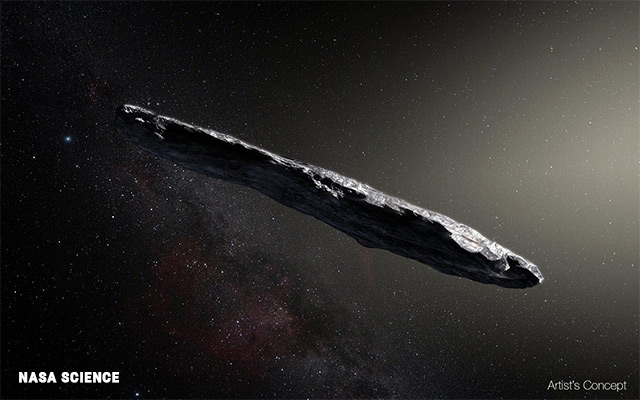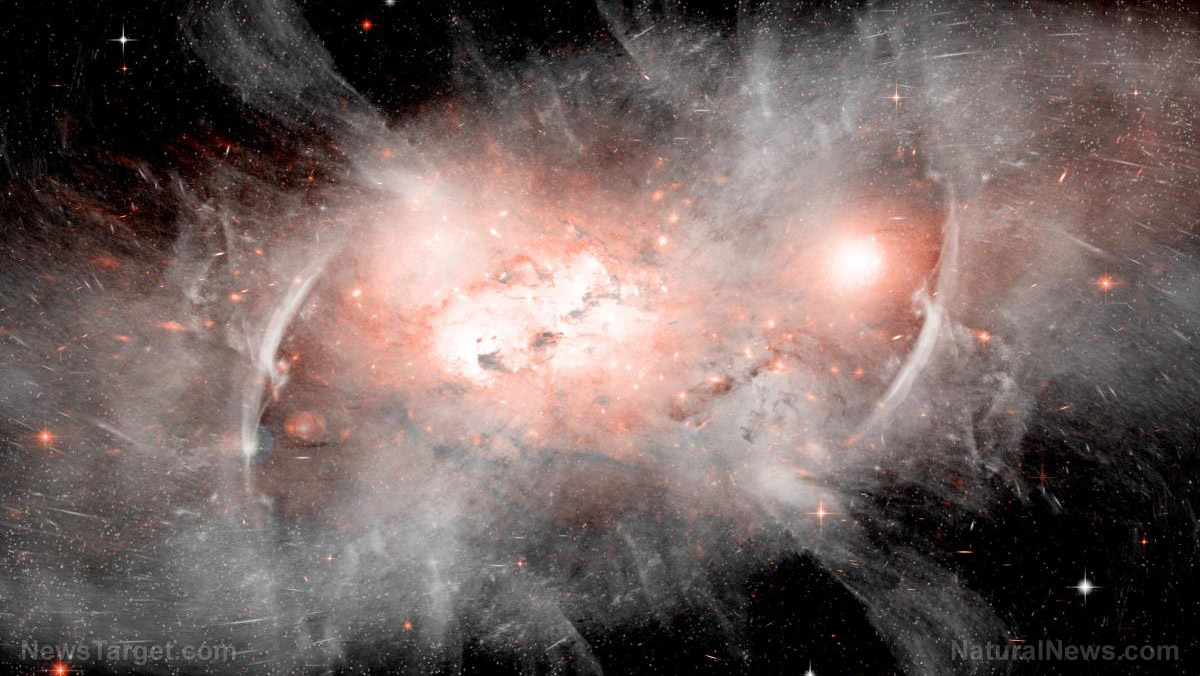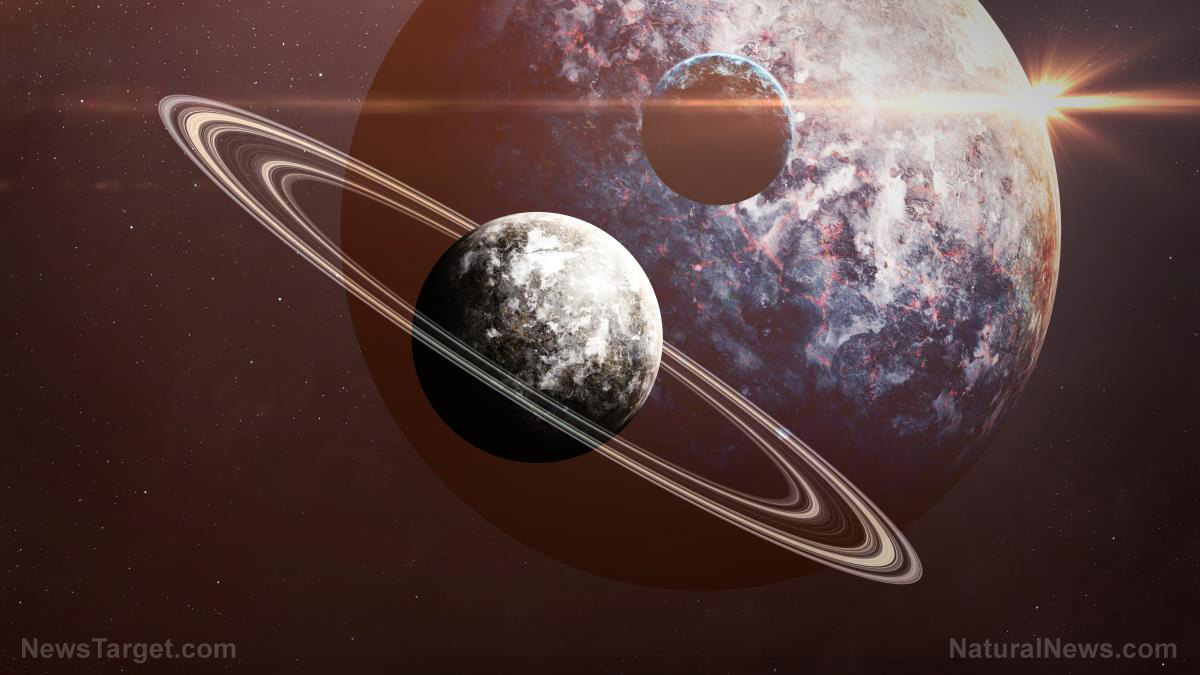“Dark Matter” phenomenon pushed by science to explain 96% of the universe may be complete bunk, new scientists declare
11/30/2017 / By Ethan Huff

How would you respond if someone tried to tell you that basically everything you think you know about the function of the universe is patently false? This is the shocking proposition recently put forth by a scientist from Switzerland, whose latest work on the subject suggests that the age-old theory of “dark matter” governing the way that stars move throughout space is probably a myth.
In his paper, Andre Maeder from the University of Geneva unpacks the eye-opening details about how the longstanding hypothesis of dark matter, as well as its more recent counterpart dark energy, have essentially been made obsolete by new discoveries showing that the universe is capable of doing its thing without them.
Published in The Astrophysical Journal, Maeder’s research unveils a new model that claims to better explain star movement, universe expansion, and the speed at which galaxies supposedly travel. It’s all centered around what Maeder refers to as the scale of invariance of the empty space, which directly coincides with Albert Einstein’s theory of general relativity.
In conjunction with Isaac Newton’s theory of universal gravitation and quantum mechanics, the theory of relativity is considered by some to be the most accepted consensus model for explaining the universe. It’s basically the underlying explanation for a so-called “big bang” event in outer space that resulted in a continuous and ever-increasing expansion of the universe.
But Maeder’s discoveries add a twist to this theory, suggesting that all such events occur without the need for dark energy or any other inexplicable phenomenon. In his view, the currently established laws of physics are fully capable of explaining it all on their own.
“In this model, there is a starting hypothesis that hasn’t been taken into account, in my opinion,” Maeder says. “By that I mean the scale invariance of the empty space; in other words, the empty space and its properties do not change following a dilatation or contraction.”
What else do we not know that we think we do about outer space?
For the second part of his experiment, Maeder looked at Newton’s law to see how it might interact with his own newfound hypothesis. He found that it ends up being only slightly modified as a result of his own additions, but with a profound impact on the longstanding theories put forth by Fritz Zwicky, the Swiss astronomer who is credited with having come up with the idea of dark matter back in 1933.
Contrary to what Zwicky claimed at the time, Maeder found that when he applied his hypothesis to Newton’s law as it pertains to galaxy cluster formations, there’s no need for dark matter to explain their high speeds. In other words, just like with dark energy, the concept of dark matter is completely unnecessary in explaining this phenomenon.
Maeder confirmed this with another test showing that the high speeds reached by stars in the outer regions of galaxies are similarly non-reliant upon any type of dark matter to get them going. And again in a third test, the dispersion of the speeds of stars that oscillate around the plane of the Milky Way galaxy was found to fit neatly into the invariant empty space hypothesis, once again debunking the dark matter myth.
So once again, the credibility of mainstream science hangs in the balance as emerging science such as this challenges status quo beliefs and notions about the nature of reality. To those entrenched in stale ideologies, it might be upsetting. But to those pressing on towards truth, it’s a breath of fresh air.
“The announcement of this model, which at last solves two of astronomy’s greatest mysteries, remains true to the spirit of science: nothing can ever be taken for granted, not in terms of experience, observation or the reasoning of human beings,” Maeder concluded.
Sources for this article include:
Tagged Under: andre maeder, cosmology, dark energy, dark matter, Myths, physics, science, skeptics, Space, theories, Universe




















